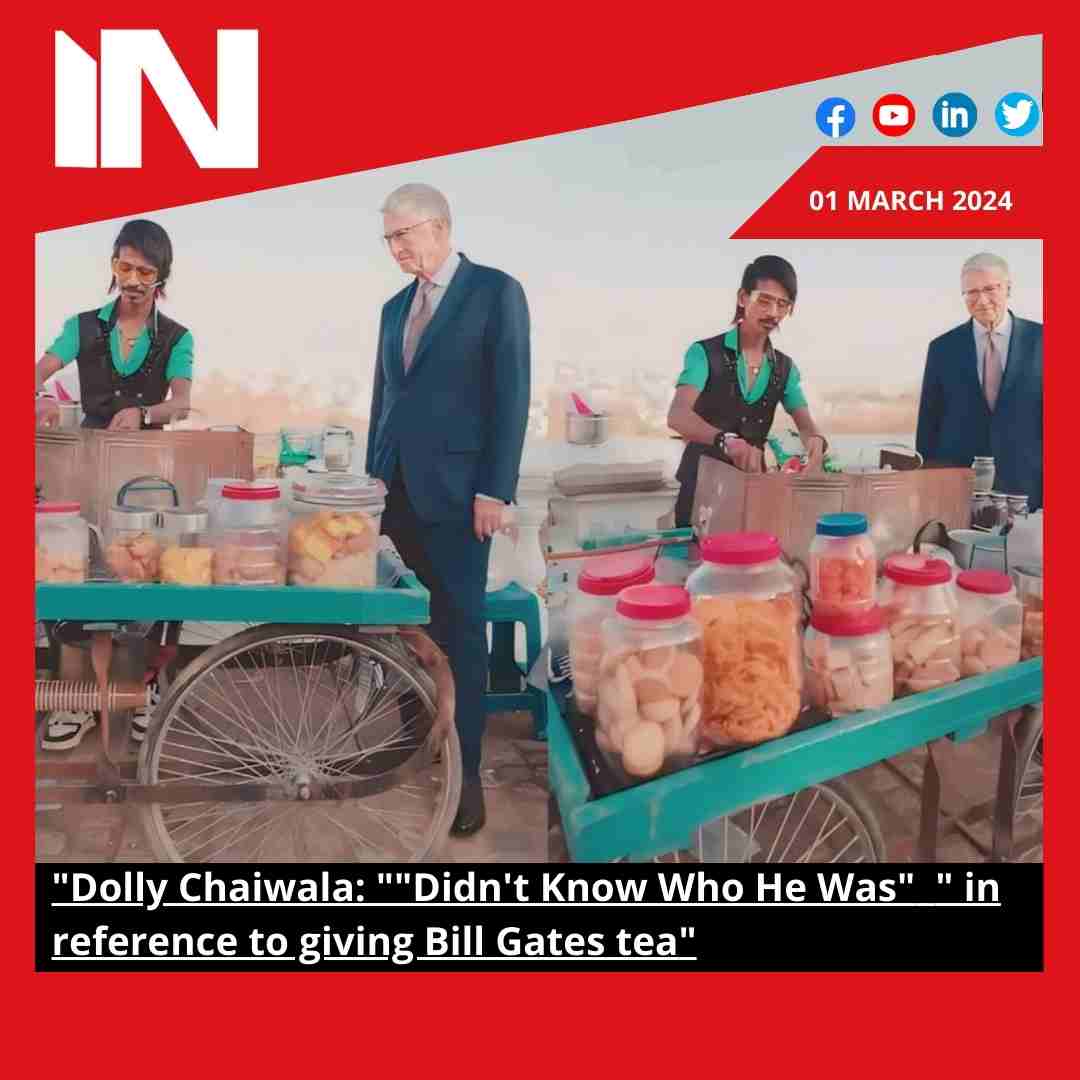India Hot Topics
China Has Changed Tactics, Not Goals. India Must Demonstrate Strong National Power

Engagement at this scale between the armies of India and China has taken place after more than five decades. The last time the two sides engaged in a violent clash was in 1967 in east Sikkim. The Chinese had objected to the erection of barbed wire fencing along the Indo-Tibetan border and attacked the Indian company commander, seriously injuring him. In a strong retaliation by the Indian side, over 400 Chinese soldiers had been neutralized. The Indian side, too, had suffered 88 casualties. A smaller skirmish broke out between the patrol parties of the two countries in 1975 near Tulung La in Arunachal Pradesh in which four jawans of the Assam Rifles were martyred.
In the clashes in Galwan Valley this week, both sides have suffered casualties. The Chinese side does not disclose the numbers of their casualties anymore. The Indian tradition is to respect the valor and martyrdom of every single soldier. The entire nation mourns the sacrifice of those valiant soldiers who have lost their lives challenging the Chinese aggression in Galwan Valley.
Between 1967 and 2020, China changed its tactics, not its goals. It had ended up with a bloody nose in its border conflict with the Soviet Union in 1969. Waving Mao’s Red Book, PLA soldiers had tried to illegally cross the Ussuri river and enter the Soviet-controlled Zhenbao island. In the Soviet retaliation, the Chinese had suffered over 250 casualties, after which China had promptly entered into a ceasefire with the Soviets. The last war that China fought was in 1979 in Vietnam.
In the last four decades, China adopted the Sun Tzu formula of “the supreme art of war is to subdue the enemy without fighting”. It has resorted to area expansion and domination tactics using numerical superiority and military aggression. It continued to nibble away at our territories through aggressive patrolling and continuous border violations. In the last decade, more than a thousand such border violations have been recorded.
That there have been no violent clashes between India and China in the last five decades can be partly attributed to India’s insistence on diplomatic engagement and physical disengagement. The result was that the contentious portions of the LAC, like the Galwan Valley and Pangong Tso lake formations, were patrolled by both sides without engaging with each other. During this period, the Chinese side had nibbled away at Indian territory in several places. Traditional grazing areas of the people of the upper reaches in Ladakh have encroached. The latest flashpoint at the confluence of the Galwan and Shyok rivers is one such location where the Chinese had built motorable rough tracks to claim Indian territory.
In a 72-day stand-off at the Doklam trijunction between Tibet, Bhutan and India, the Indian forces together with their Bhutanese counterparts stalled the construction of a road by the Chinese that would have shifted the trijunction southwards, affecting India’s strategic interests. India refused to lower the army presence there, leading finally to the withdrawal of the Chinese forces from the area. Considered a diplomatic victory for India, Doklam highlighted India’s new border security doctrine of “proactive diplomacy together with firm ground positioning”.
In the Arthashastra, Kautilya highlighted the need for deterrent military might to demonstrate strong national power. India is committed to peace with China, but not one of the graveyards. We need Kautilya’s doctrine to defeat the Sun Tzuvian tactics of “war as an art in deception”.
News Source: TheIndianExpress
Also Read: A ‘500 Years Old’ Temple, Submerged In The Mahanadi In Odisha, Is 60 Feet In Height.
Movie
The Madras High Court has granted early screenings of Vijay’s Leo movie from 7 AM, requesting the TN government to resolve any issues.
Madras High Court Grants Early Screenings of Vijay’s “Leo” Movie at 7 AM, Urges TN Government to Address Concerns
The Madras High Court has made a landmark decision in favor of the much-anticipated Tamil film “Leo,” starring actor Vijay. In a significant move, the court has granted permission for early screenings of the movie from 7 AM, urging the Tamil Nadu government to swiftly address any issues and facilitate the smooth release of the film. This decision marks a pivotal moment in the realm of Tamil cinema and the entertainment industry at large.
Historical Context:
The Indian film industry, particularly the Tamil film industry, has seen its share of controversies and challenges related to film releases. Issues such as censorship, political disputes, and public sentiment have often played a significant role in shaping the release schedules and screening times for films. Vijay, one of Tamil cinema’s most prominent actors, has been at the center of such controversies in the past. This decision by the Madras High Court is, therefore, particularly noteworthy.
The Ruling:
The Madras High Court’s decision to permit early screenings of “Leo” comes as a response to a plea filed by the film’s producers. The court, while considering the plea, took into account various factors, including the film’s anticipated popularity and the prevailing circumstances. The court emphasized the importance of accommodating the audience’s interests and allowing them to enjoy the film without disruptions.
A Step Towards Normalization:
The court’s decision signifies a positive shift in the film industry, where release dates and screening times are often mired in controversy. By allowing screenings to commence at 7 AM, the court aims to reduce the chances of public unrest and congestion near theaters, especially in the wake of high-profile film releases.
The Role of the Tamil Nadu Government:
The Madras High Court, in its ruling, also called upon the Tamil Nadu government to cooperate in ensuring a seamless release for the film. This cooperation extends to providing necessary security measures to maintain law and order around theaters during the early screenings.
Implications for the Entertainment Industry:
The decision is expected to set a precedent for the release of other highly anticipated films, not just in Tamil cinema but also in the broader Indian film industry. The court’s emphasis on the importance of accommodating the audience’s interests could lead to more flexible screening times for movies in the future.
The Audience’s Perspective:
For moviegoers and fans of Vijay, this decision comes as a welcome relief. They can now look forward to enjoying the film without any undue delays or disruptions, ensuring a memorable cinematic experience.
In conclusion, the Madras High Court’s ruling to allow early screenings of Vijay’s “Leo” at 7 AM while urging the Tamil Nadu government to resolve any issues paves the way for a more audience-centric approach in the film industry. It is a landmark decision that highlights the importance of balancing the interests of filmmakers and the movie-loving public. This judgment is poised to make a positive impact on the release of future films, ushering in a new era of flexibility and convenience for cinema enthusiasts.
Group Media Publications
Entertainment News Platforms – anyflix.in
Construction Infrastructure and Mining News Platform – https://cimreviews.com/
General News Platform – https://ihtlive.com/
Podcast Platforms – https://anyfm.in
-

 Bollywood2 months ago
Bollywood2 months agoAishwarya Rai maintains her stunning appearance in a new L’Oreal ad.
-

 health and remedies2 months ago
health and remedies2 months agoThe article discusses the potential health risks associated with swallowing dry ice
-
.jpg)
.jpg) Music1 month ago
Music1 month agoSidhu Moosewala’s father and baby brother feature on Times Square billboard; fans react. Watch
-

 Entertainment2 months ago
Entertainment2 months agoThe Anant Ambani-Radhika Merchant pre-wedding bash in Jamnagar has received a list of guests.
-
Bollywood3 weeks ago
Rasha, the daughter of Raveena Tandon, discusses how trolling affects her: “I think in processing it, feeling bad for a bit.”
-

 Trending2 months ago
Trending2 months agoDolly Chaiwala: “Didn’t Know Who He Was” in reference to giving Bill Gates tea
-

 Bollywood3 weeks ago
Bollywood3 weeks agoThe phrase “female-led projects” annoys Bhumi Pednekar. “It disgusts me deeply.”
-

 Trending2 months ago
Trending2 months agoOppo Reno 12 Pro Key Features Leak Online: Expected to Receive a 1.5K Display with a Density 9200+ SoC




%20(1).jpg)
%20(1).jpg)
%20(1).jpg)
%20(1).jpg)
.jpg)
%20(1).jpg)





